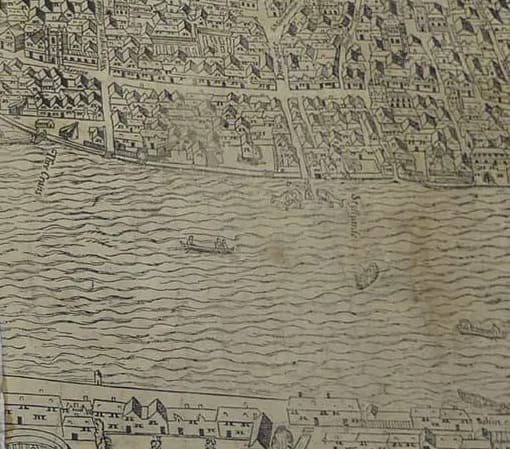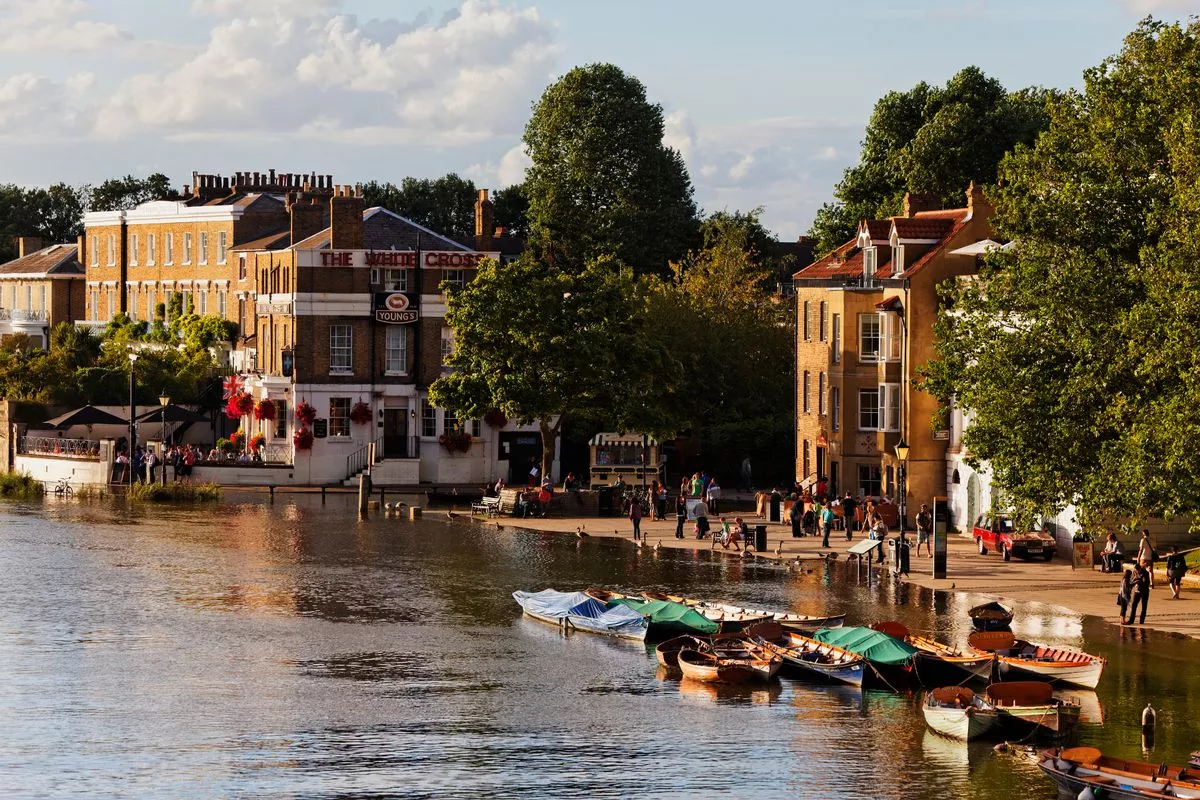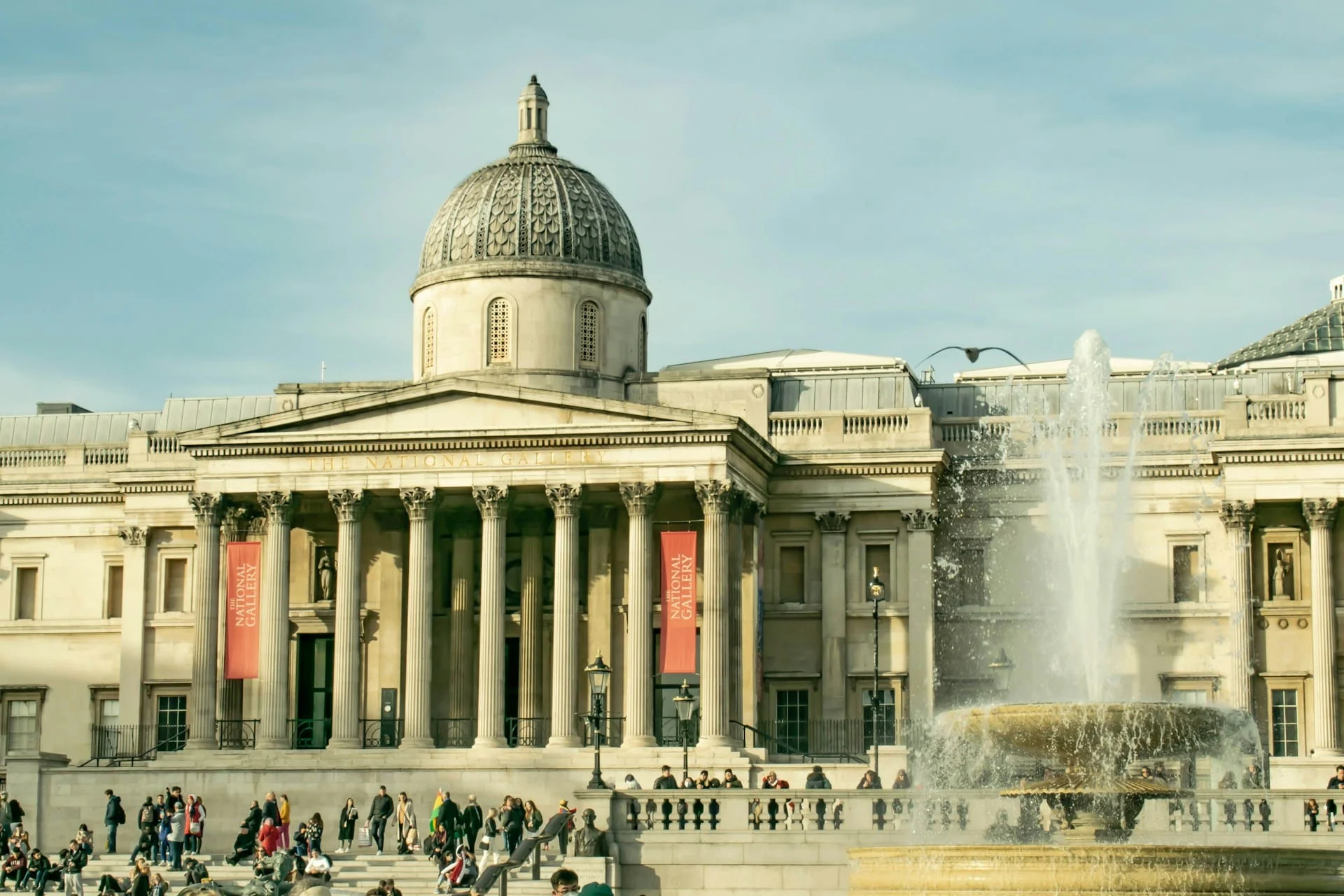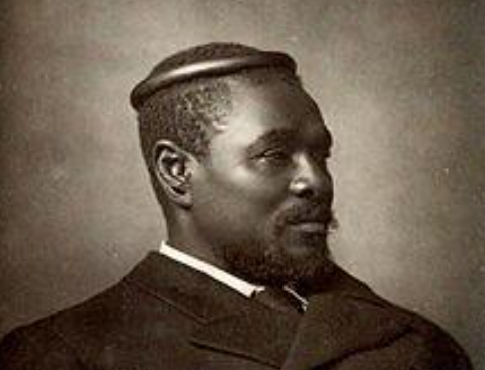Rare Tudor Map, Shakespeare’s Signature, and Keats’ First Folio on Display in London

A rare Tudor 17th-century woodcut map, an original William Shakespeare signature, and a hand-annotated First Folio owned by John Keats are drawing visitors to Shakespeare in London, a free exhibition at The London Archives running until 2nd October.
The centrepiece, Civitas Londinum, offers a remarkable bird’s-eye view of Tudor London, dating from between 1561 and 1570. Although printed around 1633, its intricate detail captures life across the Thames, from Southwark’s lively bear-baiting arenas to the rolling hills of Hampstead and Highgate. London Bridge is shown lined with closely packed buildings, while St Paul’s Cathedral appears without its spire, lost to lightning in 1561. Everyday life is also depicted like swans gliding along the river, laundry drying in open fields, and traders bustling in the city streets.
City of London — Latest from EyeOnLondon
Read more Square Mile stories and keep exploring our coverage.
Chindit Veteran Sidney Machin Awarded the Freedom of the City
A moving ceremony recognises a WWII hero for service and sacrifice, with the ancient honour of the Freedom of the City.
Read the storyMore City (Square Mile) news
Liverpool Street: Fire Alert Causes Disruption
What happened, how services were affected, and the latest guidance for commuters using the Square Mile’s busiest gateways.
Read the updateMore City (Square Mile) news
Electrical Safety Checks Urged for London Homes
Why routine checks matter, what residents should look for, and where to find reliable guidance for safer living.
Read the guidanceMore City (Square Mile) news
Only three copies of Civitas Londinum survive today: at The London Archives, the National Archives in Kew, and the Pepys Library in Cambridge. The design is believed to have been inspired by the Copperplate Map of the 1550s, of which only three of the original 15 plates remain.
Shakespeare’s Rare Signature
Sharing the spotlight is one of only six known genuine Shakespeare signatures. His name appears on a parchment property deed for a Blackfriars house purchased in 1613. The exact location of the building, destroyed in the Great Fire of 1666, is uncertain, though it once stood near Puddle Wharf, now St Andrew’s Hill. There’s no evidence Shakespeare lived there, but its proximity to the Globe and Blackfriars theatres adds to its fascination for Shakespeare scholars.
Keats’ Annotated First Folio
The third highlight is a personal treasure of Romantic poet John Keats, an 1808 facsimile of the First Folio, annotated in his own hand. Keats’ notes reveal his fascination with plays such as King Lear, A Midsummer Night’s Dream, Troilus and Cressida, Romeo and Juliet, and Henry IV Part I. You can still visit Keats House in Hampstead to see more of his life and works.
Brendan Barns, Chairman of the Culture, Heritage and Libraries Committee, said:
“It’s hardly surprising that visitors are enjoying picking out tiny details in Civitas Londinum, studying Shakespeare’s signature up close, and viewing one of John Keats’ most cherished belongings.”
Visit the Exhibition
Shakespeare in London runs until 2nd October at The London Archives. Entry is free, offering visitors an unmissable opportunity to explore rare artefacts that bring Tudor London and its literary heritage vividly to life.
Explore more stories about the Square Mile’s history, heritage, and culture on EyeOnLondon City – your hub for in-depth features, local insights, and the stories that shape the City of London.
[Image Credit | The London Archives]
Follow us on:
Subscribe to our YouTube channel for the latest videos and updates!
We value your thoughts! Share your feedback and help us make EyeOnLondon even better!









